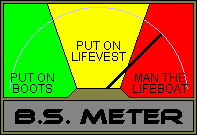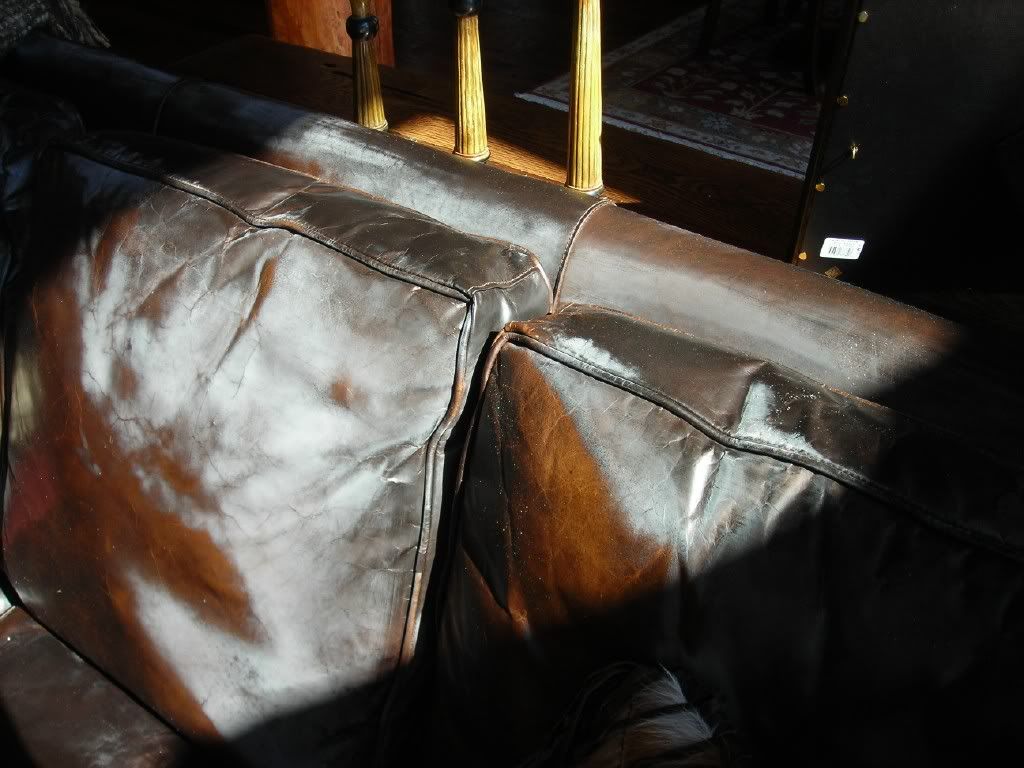Water molecules, heavy oil molecules, and nutrients that are good for leather are different types of molecules. The cheap oil based products used by many products are not good for leather as the oil does not absorb into the protein based leather fiber, it actually pushes the fragile fibers further apart.
The method Roger Koh is describing is exactly what Leatherique has been advocating for 50 years. The Leatherique Rejuvenator is distributed by many of the supporters of this forum, is used worldwide by conservators, museums, as well as do it yourselfers, and is actually a leather specific protein based complex that is absorbed into the fibers of the hide to restore tensile strength and luxurious suppleness, and dirt by it's own nature and weight is floated out of the hide and can be safely cleaned with Leatherique's ph correct Prestine clean. You can use Rejuvenator 2-4 times per year to maintain the leather, and Prestine clean each time you dust or detail as it's a cleaner and light conditioner in one step for the surface cleaning. Leatherique also manufactures leather dyes, crack filler, and prepping agents if your color is worn, faded, or cracking.
Water from rain, drinks, coffee, coke, kids juice packs and sip cups, as well as high ph type cleaners and perspiration are all easily absorbed through the finish as the finish is NOT WATER PROOF. The newer water based finishes that leather manufacturers have been using since the 1990's, as well as the surface sprayed lacquers from the '80's back are on the surface to protect the hides and give them customer appeal. Cars, furniture, jackets, bags would be boring if everything was all natural tan in color.
You can easily test leather absorption yourself. Cut a scrap of leather from a salvage seat in a junk yard. Pour a few ounces of black coffee on top, and within a few hours you'll see the dark stain underneath on the hide.
We have leather in our cars because leather is luxurious, breathes, adjusts to body temperature. These are things vinyl simply can't do.
We treat leather and vinyl differently, because they are different. There are grades of vinyl that are more water resistant, which is why they are used in marine applications. You don't see much leather used as a convertible top to protect against rain. It is too heavy, and even if the surface is sealed, it will eventually absorb the rain. Leather is sometimes used as a convertible top cover on Ferrari, Rolls Royce, Bentley, but they presume you'll stow the leather conver in the boot during rain, and put the canvas convertible top back up.
The purpose of all cleaners is to emulsify dirt, turn it to mud so it can be floated away. On a porous surface like leather, often the mud is re-abosrbed back into the hide creating a perpetual dirty appearance especially on light leathers. The products that "finish" the surface also trap dirt.
Different folks like the smells or glossy looks of many of the commercial products. And they are fine to use as a dressing, as long as you are aware that all they are doing is making the coated surface shiney which makes for a nicely detailed car. For long lasting leather, it is vital to use a specific leather nourishment such as Leatherique Rejuvenator a few times a year to keep the actual hide healthy and strong, as the backbone of your upholstery to prevent splitting and cracking due to the fibers pulling apart, as well as to keep the finished surface shiney.
Perspiration from our bodies also has a high ph that can ruin and dry the hide as the salts are easily absorbed into the hides. Surely everyone has seen leather steering wheels and arm rests degrade and crack due to the absorption of perspiration. These are important areas to keep nourished and very clean. Another area that is often missed in leather care is the top of the back seat. These can literally fall aprt with a light touch as uv rays of the sun coming through slanty rear windows degrades the hides. I have seen the tops of back seats become powder, yet a few inches lower the leather is fine.
Proper leather care is vital to the life and appearance of your car, very expensive to replace, and deserving of all the attention it is getting in this discussion. Most lay people are not aware of the slight modifications to different years of cars. If you car looks like new, people perceive it as new even though it can be many years old. A luxurious leather interior that looks and feels like new will always maintain the value in your car.
regards,
George





